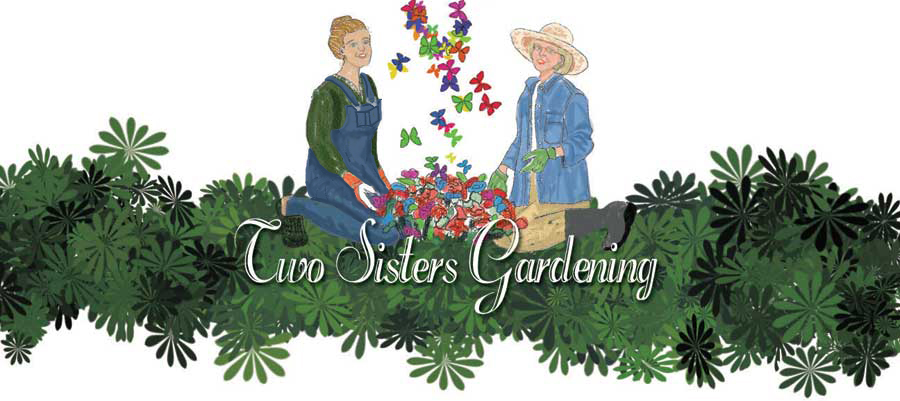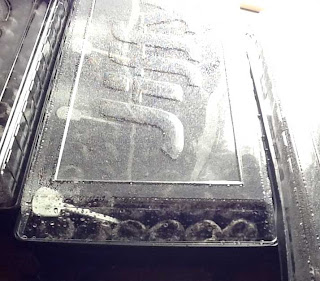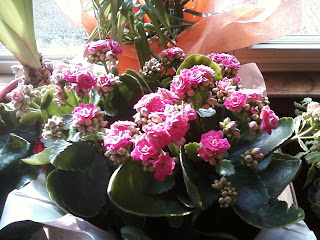HERBS, ANNUALS
Annual Herbs only live for one year or season. You must replant each year. These plant do not tolerate cold or frost. Do not transplant until danger of frost is past. Annuals usually grow well from seed.
Arugula* -- Sow directly in garden, use in salads; plant 1 week after last frost
Basil* -- Start seeds indoors 6 to 8 weeks before last frost; no frost tolerance; perennial in warm climates; bolts easily plant several times in season to continue harvest; transplant 2 weeks after last frost
Borage -- Start seeds indoors 6 to 8 weeks before last frost; transplant 1 week after last frost
Catmint -- Start seeds indoors 6 weeks before last frost; cats love this herb; transplant 1 week after last frost
Calendula -- Sow directly into garden, healing herb; plant 2 weeks after last frost
Chamomile* -- Sow seeds directly in garden; does not transplant well; dry flowers to make tea; plant 1 week after last frost
Chervil* -- Sow seeds directly in garden or buy plants; does not transplant well; bolts easily; plant in garden 1 week after last frost
Cilantro, Coriander* -- Sow seeds directly in garden or buy plants; does not transplant well; bolts easily; buy slow-bolting varieties; cilantro seeds are called coriander; does not dry well; transplant 1 week after last frost
Cumin -- Sow directly in garden; or start indoors 4 weeks before last frost; transplant 1 week after last frost
Summer Savory* -- Start seeds indoors 6 to 8 weeks before last frost; transplant 1 week after last frost
HERBS, BIENNIAL
Biennial herbs take two years to complete a life cycle. Usually, they grow leaves, stems and roots in the first year of growth, die back for the winter and begin flowering and developing seeds the second year. It is a good idea to develop a cycle each year so that you can continue harvesting. Sometimes they may develop more quickly, in harsh conditions and can go through a two year life cycle in months. These plant do not tolerate cold or frost and are usually treated as annuals. Do not transplant until danger of frost is past.
Angelica -- Sow directly in garden; healing herb; likes partial shade; plant 1 week after last frost
Caraway -- Start seeds indoors 6 to 8 weeks before last frost; transplant 1 week after last frost
Clary -- Starts seeds indoors 6 weeks before last frost; similar to sage; transplant 1 week after last frost
Evening Primrose* -- Sow directly in garden; grows very large; can be invasive; healing herb; plant 1 week after last frost
Parsley -- Difficult to grow from seeds; usually grown as an annual; transplant 1 week after last frost
HERBS, TENDER PERENNIALS
Tender perennial herbs grow well in warm climates. It is possible for them to overwinter but they may diminish in vigor over time. These plant do not tolerate cold or frost and are usually treated as annuals. Do not transplant until danger of frost is past.
Dill* -- Can transplant; sow directly in garden; plant 2 weeks after last frost
Fennel* -- Sow seeds directly in garden, usually grown as annual; large plant; if using bulbs increase spacing; plant seeds 1 week after last frost
Rosemary -- Difficult to grow from seeds; can become large; not known to be cold tolerant in colder climates; may better tolerant cold when larger; overwinters better in warm climates; mulch heavily to increase chances of overwintering; may dig up and keep inside through the winter then transplant after danger of frost; transplant 2 weeks after last frost
HERBS, PERENNIALS
Perennial herbs will live for more than two years. Although they grow better from root stock better than from seeds, they usually produce flowers and seeds. Perennials tend to be harder to grow from seeds than annuals. Many perenials can be rooted or propagated by division. Perennials die back in the winter and grow back from the roots. In very harsh climates, this plant might be treated as an annual.
Anise* -- Sow directly in garden; large, slow growing plant; plant 2 weeks after last frost
Chives -- Difficult to grow from seeds; may propogate from division; transplant 1 week after last frost
Cornflower* -- Sow seed directly in garden; healing herb; use blue flowers only; usually grown as a flower; dried flower; plant seeds 2 weeks after last frost
Echinacea -- Sow seeds directly in garden; healing herb; plant 2 weeks after last frost
Lavendar* -- Start seeds indoors 6 weeks before last frost; hard to transplant; can grow large; can be propogated by division; transplant 1 week after last frost
Lemon Balm -- Starts seeds indoors 6 weeks before last frost; transplant outside 1 week after last frost
Lemongrass -- Propogate by division; transplant 1 week after last frost
Lemon verbena -- Propogate by rooting; transplant 1 week after last frost
Lovage -- Start seeds indoors 6 to 8 weeks before last frost; transplant 1 week after last frost
Marjoram* -- Start seeds indoors 6 to 8 weeks before last frost; transplant 1 week after last frost
Mint -- Propogate by division; very hardy; may crowd other plants; can plant in pots to keep from spreading and crowding out other plants; transplant 1 week after last frost
Oregano* -- Propagate by division; transplant 1 week after last frost
Sage* -- Hard to grow from seed; plant seeds outside 1 week after last frost
Tarragon -- Hard to grow from seeds; transplant 1 week after last frost
Thyme* -- Hard to grow from seed; usually grown as annual; heavy mulching may help to overwinter; transplant into garden 1 week after last frost
* This plant will grow from seed. Some herbs are harder to grow from seed that others. Hard to grow herb plants may be purchased from a nursery.
posted by Deberah Williams




















































